Concurrent APIs


 16 December
16 DecemberDifference between Runnable and Callable in java
Runnable and Callable interface both are used in the multithreading environment.Callable is available in java.util.concurrent.Callable package and Runnable in java.lang.Thread. Difference between Runnable and Callable interface in java Runnable was introduced in java 1.0 version While Callable is an extended version of Runnable and introduced in java 1.5 to address the limitation of Runnable. Runnable […]
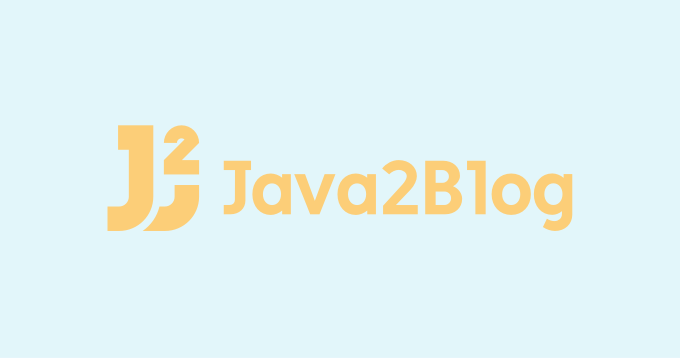 13 June
13 JuneJava Executor framework tutorial with example
Java 5 has introduced new framework called Executor Framework for managing threads.We have already seen before how to create a thread. If you have noted, we need to create an object of thread class using new Thread(runnableObject), so we need to create thread object for each task.Imagine a situation where you have thousands of task […]
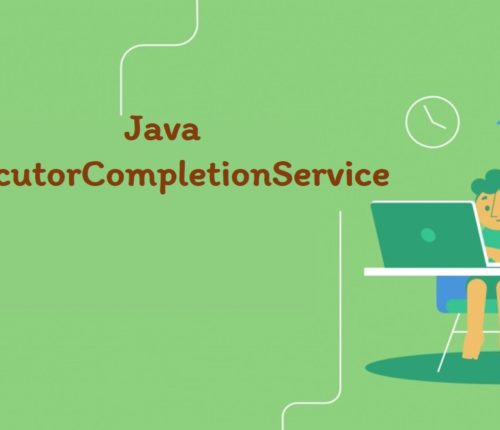 09 June
09 JuneJava ExecutorCompletionService
In this post, we will see about Java ExecutorCompletionService example. ExecutorCompletionService class implements CompletionService. This class returns Future object in completion order. Why you may need to use ExecutorCompletionService: Let’s understand with the help of scenario: Let’s say you have 5 tasks, you submit it to the executors and you want to perform some operation as soon […]
 05 June
05 JuneJava newSingleThreadExecutor example
In this tutorial, we will learn about Executor’s newSingleThreadExecutor factory method. In the last tutorial, I have shared an introduction to ThreadPoolExecutor. If you are not aware of concepts of ThreadPoolExecutor, you should go through that first. Executor’s newSingleThreadExecutor factory method : This method returns thread pool executor which executes one task at a time.If […]
 29 May
29 MayJava ScheduledThreadPoolExecutor Example
There are multiple ways to schedule a task in java. We have already Java timer to schedule a task but the problem with timers task is that you can execute one task at a time.So if the current task takes longer subsequent job will be delayed. In this scenario, you can use Java ScheduledThreadPoolExecutor.This class […]
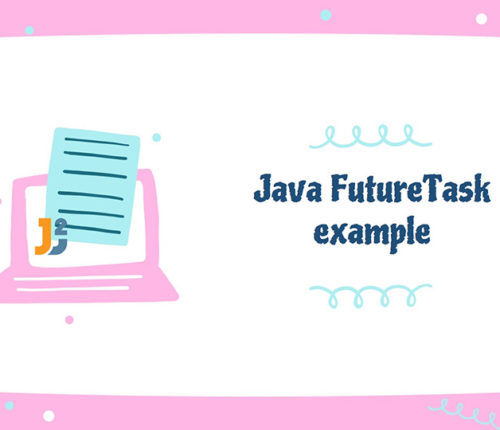 28 May
28 MayJava FutureTask example
In this tutorial, we will see about Java FutureTask example. FutureTask class has been introduced in JDK 5 with Executor Framework. FutureTask class is the concrete implementation of the Future object and provides methods for start and cancel the task.It also provides method to see if the computation is done or not. We can query […]
 20 May
20 MayJava newFixedThreadPool Example
In this tutorial, we will learn about Executor’s newFixedThreadPool factory method. In the last tutorial, I have shared an introduction to ThreadPoolExecutor. If you are not aware of concepts of ThreadPoolExecutor, you should go through that first. Executor’s newFixedThreadPool factory method : This method returns ThreadPoolExecutor whose maximum size(let’s say n threads) is fixed.If all […]
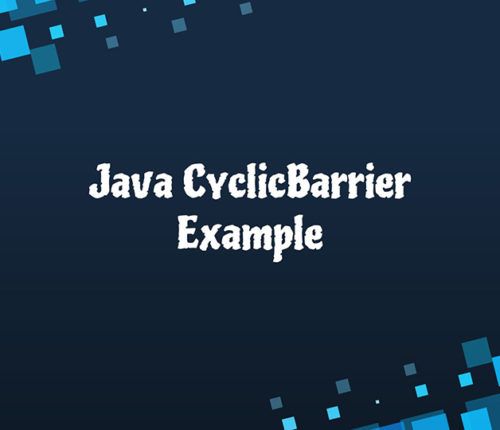 17 May
17 MayJava CyclicBarrier Example
In this post, we will see about CyclicBarrier in java. CyclicBarrier was introduced in Java 5 with other concurrency utils such as CountDownLatch, ConcurrentHashMap and BlockingQueue. CyclicBarrier is synchronized aid which allows set of threads to wait for each other at common barrier points.It is called cyclic because it can be reused once waiting threads […]
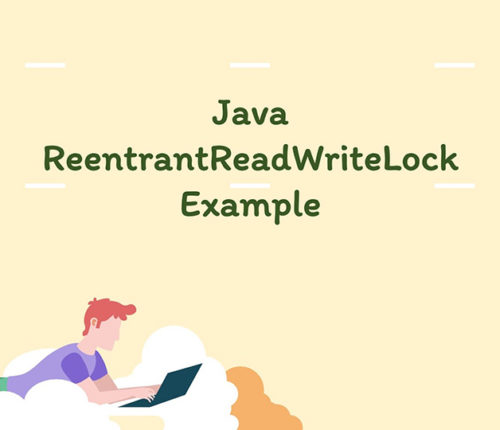 27 April
27 AprilJava ReentrantReadWriteLock Example
In this tutorial, we will see ReentrantReadWriteLock Example. ReentrantReadWriteLock supports semantics of ReentrantLock and also ReadWriteLock. ReadWriteLock has two locks, one for read and one for write. Request for read lock from multiple threads can be acquired if there is no write request. If there is a write request, no other thread will be able to […]



